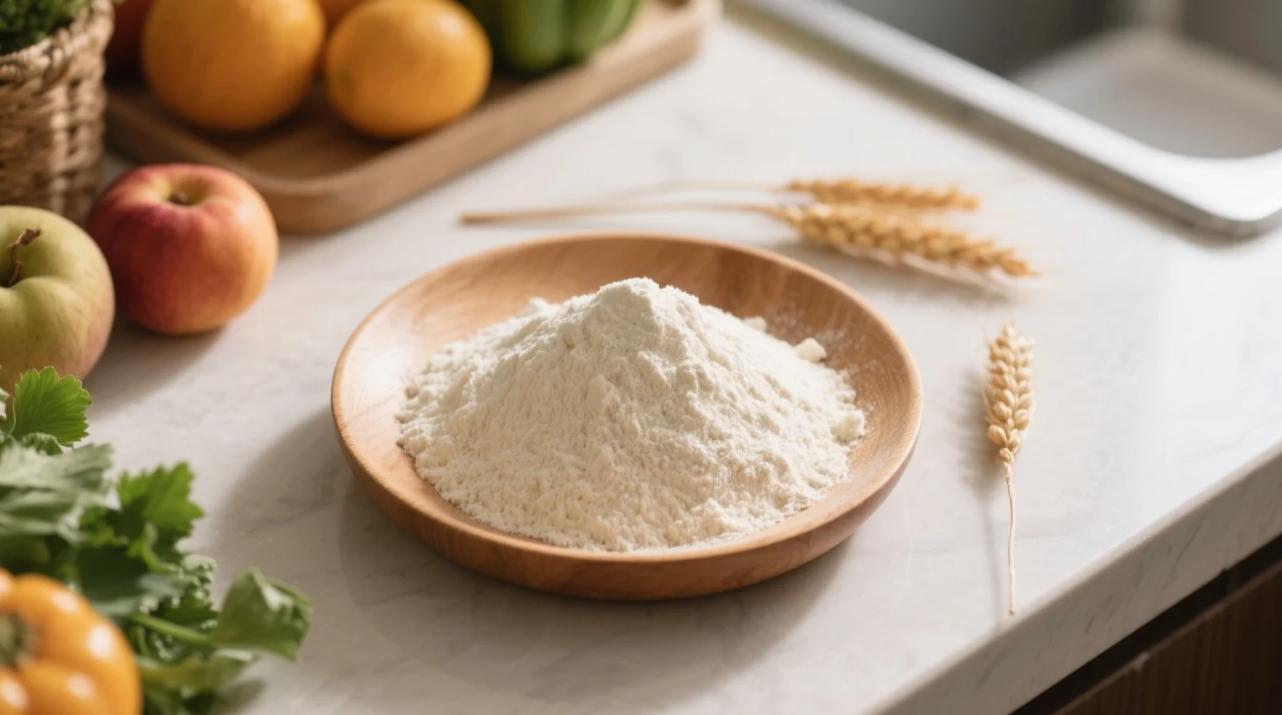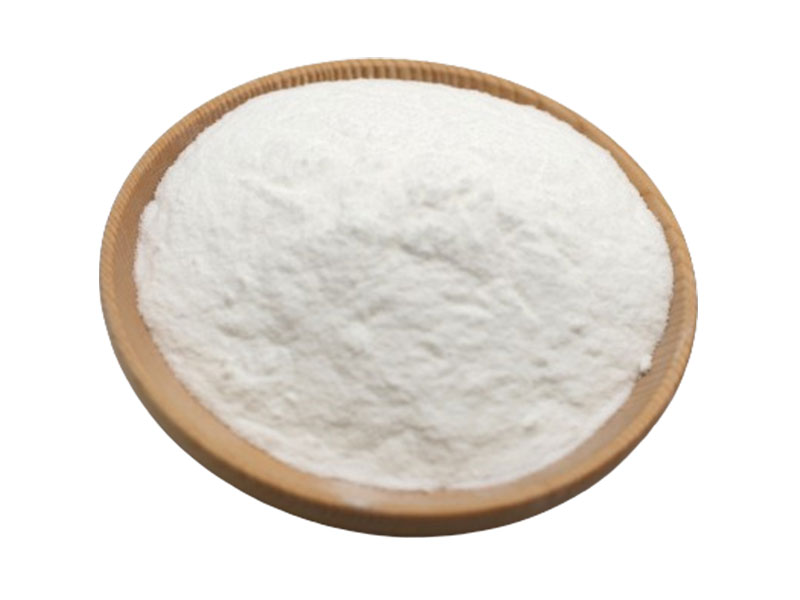When you’re formulating food and beverage products, understanding the nuances between seemingly similar ingredients is crucial for achieving the desired taste, texture, and functional benefits. Organic maltodextrin powder and dextrose are both carbohydrate sources derived from starches, often used in the food industry for various purposes. However, they possess distinct chemical structures and functionalities that make them suitable for different applications.
Let’s break down the core differences between dextrose and maltodextrin.
The Fundamental Chemical Distinction
The primary difference between dextrose and maltodextrin lies in their molecular complexity:
- Dextrose is a Monosaccharide: Dextrose is simply another name for glucose, which is a simple sugar (a monosaccharide). This means it’s a single sugar molecule. Because it’s a simple sugar, dextrose is very easily and rapidly absorbed by the body.
- Maltodextrin is a Polysaccharide/Oligosaccharide: Maltodextrin, on the other hand, is a more complex carbohydrate. It’s a polysaccharide (or an oligosaccharide, specifically) made up of multiple glucose units linked together in chains. These chains are shorter than those found in starch but longer than a single glucose molecule.
This structural difference dictates how they behave in food systems and how the body processes them.
Key Differences and Their Applications
Understanding these distinctions helps formulators choose the right ingredient for their specific needs:
- Sweetness Level:
- Dextrose: Has a relatively high sweetening power, comparable to regular table sugar (sucrose). This can be a limiting factor in some applications where high sweetness is undesirable.
- Maltodextrin: Has a very low to no sweetness, making it an ideal ingredient for adding bulk, texture, or solids without significantly impacting the flavor profile. Organic maltodextrin powder is often chosen for its neutral taste.
- Digestion and Energy Release:
- Dextrose: Being a simple sugar, dextrose is very rapidly digested and absorbed, leading to a quick spike in blood glucose levels. This makes it a popular choice for immediate energy replenishment, often seen in sports drinks or energy gels.
- Maltodextrin: While still a fast-digesting carbohydrate, maltodextrin’s longer glucose chains mean it’s broken down slightly more gradually than dextrose. This can lead to a more sustained, though still rapid, energy release without the sharp peak and crash associated with very simple sugars. This property makes organic maltodextrin powder valuable in sports nutrition for sustained energy during endurance activities or for post-workout recovery.
- Functional Properties in Food:
- Dextrose: Primarily used as a sweetener and a readily fermentable sugar (e.g., in baking to feed yeast, or in brewing to increase alcohol content). It contributes to browning in baked goods due to its reducing sugar nature.
- Maltodextrin: Offers a wider range of functional benefits beyond sweetness. Organic maltodextrin powder is extensively used as a:
- Bulking Agent: To add volume and body to products, especially in reduced-sugar or fat-free formulations.
- Thickener: To improve viscosity and mouthfeel in sauces, dressings, and beverages.
- Carrier: For flavors, spices, and colors, allowing them to be uniformly dispersed in powdered mixes.
- Texturizer: To improve the texture and consistency of various foods, from creamy dairy products to crispy snack coatings.
- Film Former: Can help in creating coatings or improving stability.
- Fat Replacer: In low-fat products, it can mimic the mouthfeel of fat.
- Dextrose Equivalent (DE) Value:
- Maltodextrins are classified by their Dextrose Equivalent (DE) value, which indicates the extent of starch hydrolysis. A higher DE value means more simple sugars are present, making it more similar to dextrose in terms of sweetness and rapid digestion. Dextrose itself has a DE of 100. Maltodextrins typically have DE values ranging from 3 to 20. This allows for tailored functionality based on the desired application.
Organic Maltodextrin Powder: The Clean Label Choice
For manufacturers focused on clean label trends and organic certifications, organic maltodextrin powder derived from sources like organic corn, tapioca, or rice starch provides an excellent solution. It offers all the functional benefits of conventional maltodextrin while aligning with consumer demand for natural, sustainably sourced ingredients.
In summary, while both dextrose and organic maltodextrin powder serve as carbohydrate sources, their differences in chemical structure, sweetness, and functional properties make them distinct tools for formulators. Choosing between them depends on the specific product requirements, including desired sweetness, texture, energy release profile, and clean label objectives.
Do you have a specific food or beverage application in mind where you’re considering using organic maltodextrin?
Recommended Product
Organic Maltodextrin Powder
Versatile Clean-Label Carbohydrate for Food, Beverage & Nutraceutical Applications

